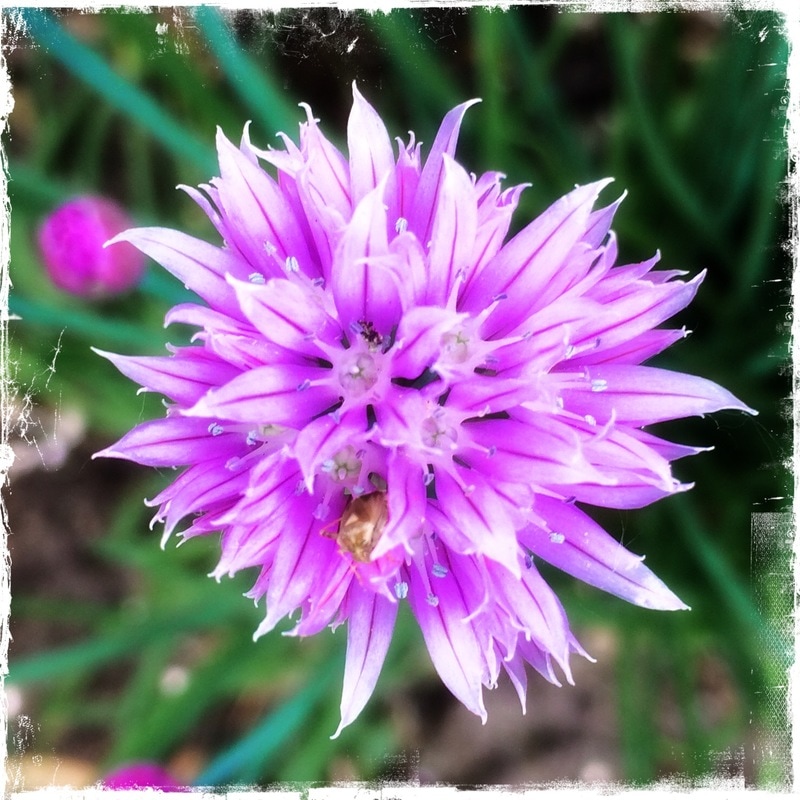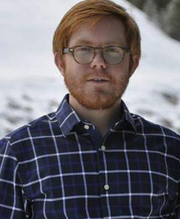ASSAY: A JOURNAL OF NONFICTION STUDIES
4.1
4.1
|
You and I know this story, it’s the story of Sandy Hook Elementary. We know the outline, we know what happened. But what Brian Doyle does in “Dawn and Mary” is not only dazzling, it is deeply moving—he shifts the narrative focus. For many of us, Sandy Hook is a day of terror, and Doyle helps reveal, sentence by sentence something deeply human: courage, too, existed that day.
The piece begins in simple description, “Early one morning several teachers and staffers at a Connecticut grade school were in a meeting. The meeting had been underway for about five minutes when they heard a chilling sound in the hallway.” As readers, we’re there. We know this place—we’ve all been to school—and immediately we, because of our own imaginations, start filling in the details of what it looks like—though Doyle employs a type of powerful minimalism of detail to allow us to create our own imagery. We’re told that most people dive under the table, which later we’re told is what we’re all trained to do. But Doyle narrows the focus of the piece: “But two of the staffers jumped, or leapt, or lunged out of their chairs and ran toward the sound of bullets.” We know that these two people are important and, little by little we learn about them. Dawn is the principal; her husband proposed to her five times before she said Yes, “she liked to get down on her knees to paint with the littlest kids in her school.” We then learn about Mary, the school psychologist; she has two daughters—like Dawn—she loves to go to the theater, and she’s due to retire in a year. But somehow—because we know how this story ends—we know that won’t happen. In the first six paragraphs we are given simple description about the school, about Dawn and Mary, about their personal details. But the sixth paragraph marks the end of one section and begins Doyle’s focused work on helping shift the narrative. After the sixth paragraph, he brings the reader into the piece: You and I have been in that hallway. We spent seven years of our childhood in that hallway. It’s friendly and echoing, and when someone opens the doors at the end, a wind comes and flutters all the paintings and posters on the walls. He doesn’t tell us what the hallway looks like, but he doesn’t need to. We’re already there—we can see the linoleum, we know the lowered sinks in the bathroom, the little tables and desks. We have been there, and we are there again with Doyle.
Our breath quickens and Doyle writes, Dawn and Mary jumped, or leapt, or lunged toward the sound of bullets. Every fiber of their bodies—bodies descended from millions of years of bodies that had leapt away from danger—must have wanted to dive under the table. That’s what they’d been trained to do. That’s how you live to see another day. The entire weight of human history is brought into focus in this section—there is nothing other than this moment. We are in Sandy Hook Elementary with Dawn and Mary.
And then Doyle, is a display of pure humanity, brings the piece to an end. Instead of focusing on the shooter, whom Doyle calls “the boy with a rifle,” we learn that in the particulars of this horrific day, courage lived alongside evil: The next time someone says the word hero to you, you say this: There once were two women. One was named Dawn, and the other was named Mary. They both had two daughters. They both loved to kneel down to care for small beings. They leapt from their chairs and ran right at the boy with the rifle, and if we ever forget their names, if we ever forget the wind in that hallway, if we ever forget what they did, if we ever forget that there is something in us beyond sense and reason that snarls at death and runs roaring at it to defend children, if we ever forget that all children are our children, then we are fools who have allowed memory to be murdered too, and what good are we then? What good are we then? “Dawn and Mary” is a piece to read over and over. In ten paragraphs, Doyle does more to shift the narrative focus of this tragic event than any piece of news or journalism. By the end, not only does the reader weep, but knows deeper that a piece of humanity has been restored. We know what’s possible, we know what happened, we know that the story of courage is messy and complicated and a necessary tonic to help us go forward with the rest of our days.
|

